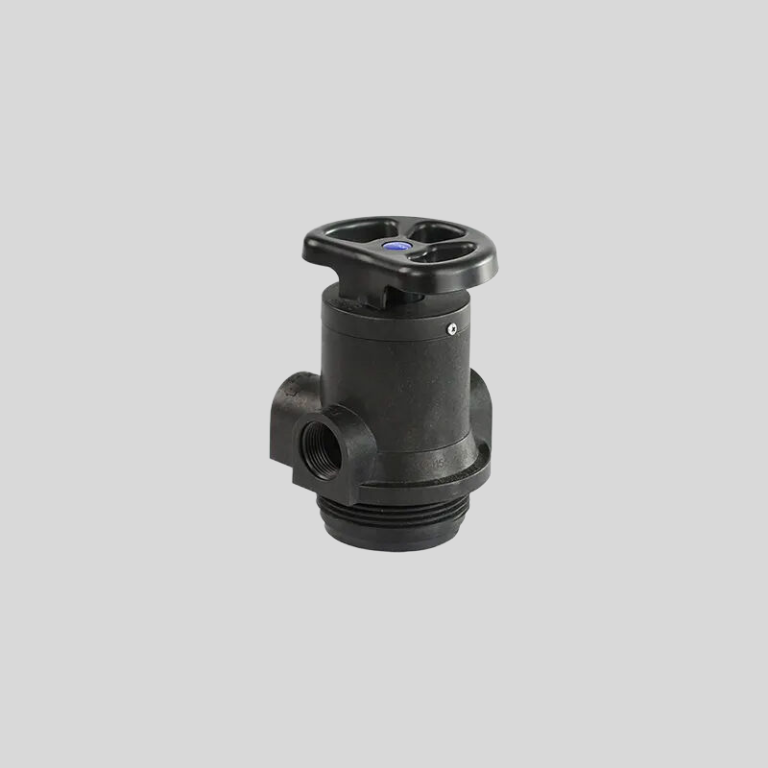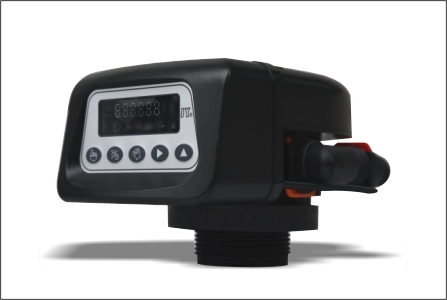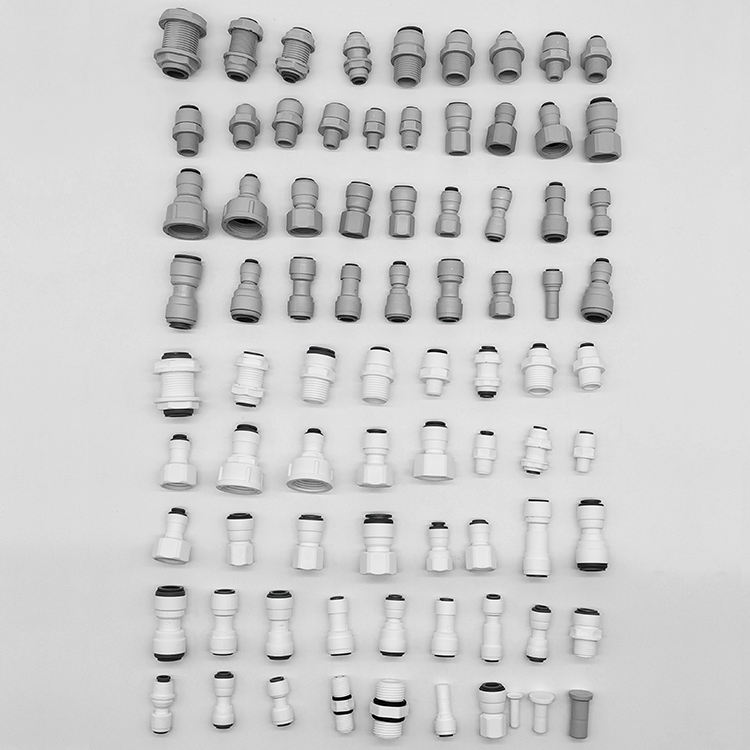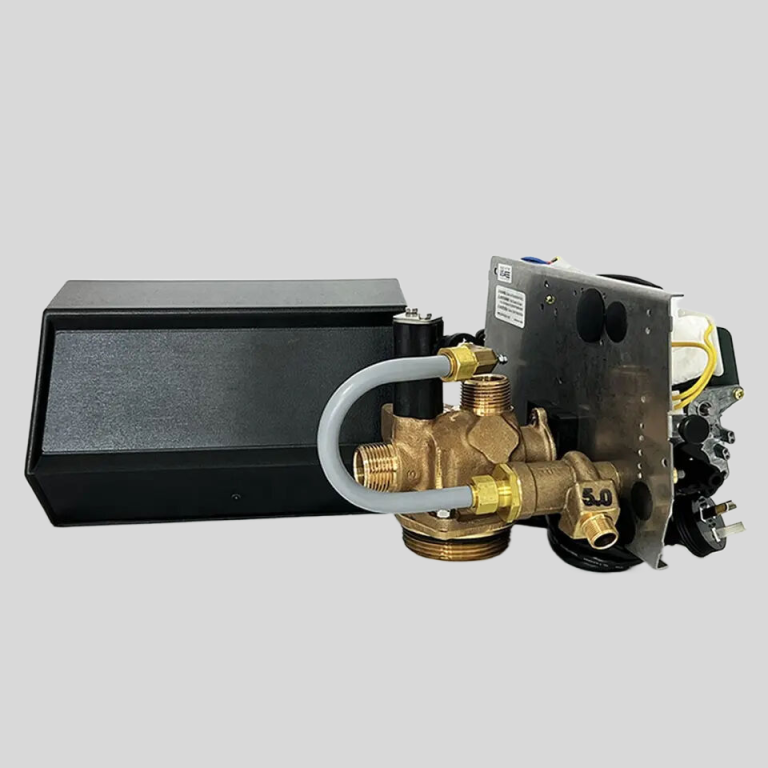“Keep your water softener full for optimal performance.”
Importance of Having Water in a Water Softener
Water softeners are essential appliances in many households, as they help to remove minerals such as calcium and magnesium from the water supply. This process, known as ion exchange, helps to prevent the buildup of limescale in pipes and appliances, and can also improve the efficiency of soap and detergent. However, in order for a water softener to function properly, it is important that it always has water in it.
One of the main reasons why a water softener should always have water in it is to ensure that the resin beads inside the unit remain saturated. These resin beads are responsible for attracting and trapping the minerals that cause hard water, and if they dry out, they will not be able to effectively remove these minerals from the water. This can lead to a decrease in the efficiency of the water softener, and may result in hard water entering your home’s plumbing system.
In addition to keeping the resin beads saturated, having water in the water softener also helps to maintain the proper flow of water through the unit. If the water softener runs out of water, it can cause the system to become clogged or damaged, which can result in costly repairs or replacements. By ensuring that there is always water in the water softener, you can help to prolong the life of the unit and keep it running smoothly.
Another reason why it is important to have water in a water softener is to prevent the formation of salt bridges. Salt bridges occur when salt crystals form a hard crust at the top of the brine tank, preventing the salt from dissolving properly and inhibiting the regeneration process. This can lead to a decrease in the effectiveness of the water softener, as the resin beads will not be properly recharged with sodium ions. By keeping the water softener filled with water, you can help to prevent the formation of salt bridges and ensure that the unit continues to function properly.
| Model | Central tube | Drain | Brine tank connector | Base | Maximum power | Operating temperature |
| 3900 | 3.5″(3″) O.D. | 2″NPTF | 1″NPTM | 6″-8UN | 171W | 1℃-43℃ |
In addition to preventing salt bridges, having water in the water softener also helps to maintain the proper salt level in the brine tank. The salt in the brine tank is essential for the regeneration process, as it helps to recharge the resin beads with sodium ions. If the water softener runs out of water, the salt level in the brine tank can become too concentrated, which can lead to a decrease in the efficiency of the regeneration process. By keeping the water softener filled with water, you can help to ensure that the salt level remains at the proper concentration, allowing the unit to effectively remove minerals from the water supply.
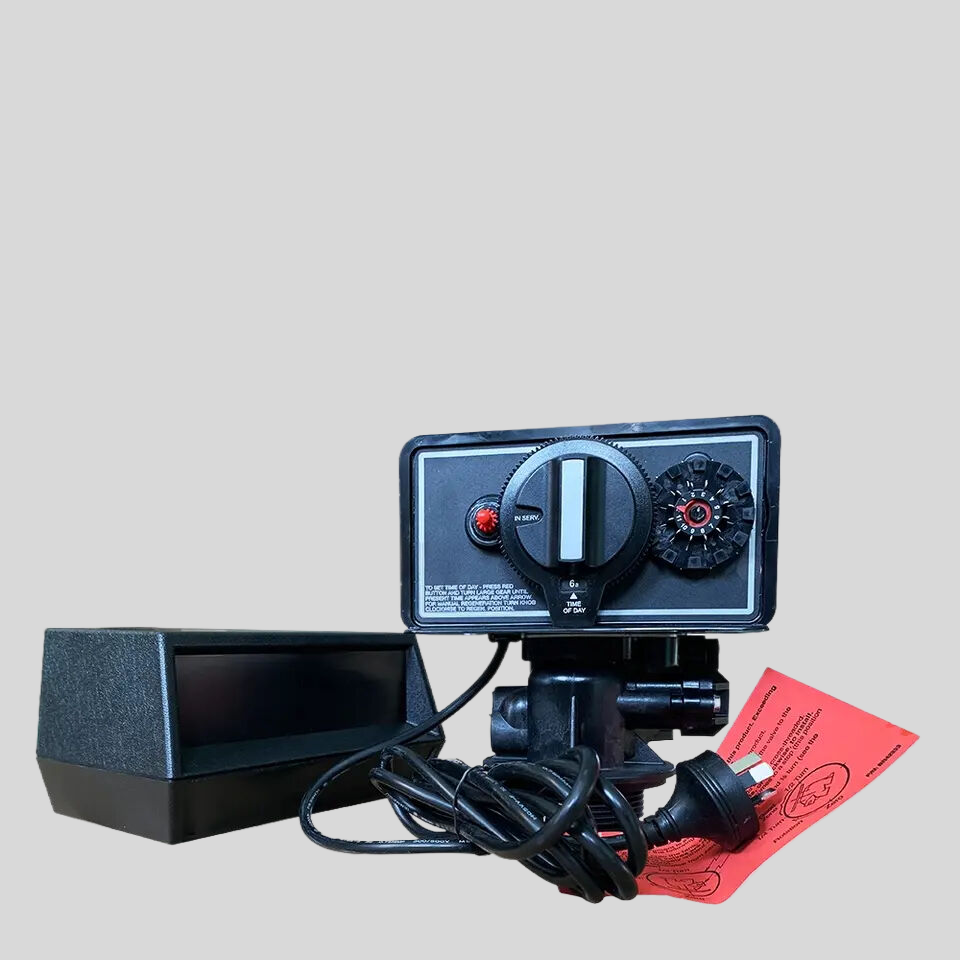
In conclusion, it is important to always have water in a water softener in order to ensure that it functions properly. By keeping the resin beads saturated, maintaining the proper flow of water, preventing the formation of salt bridges, and maintaining the proper salt level in the brine tank, you can help to prolong the life of your water softener and keep your water supply free from minerals that cause hard water. By following these simple guidelines, you can ensure that your water softener continues to provide you with clean, soft water for years to come.

